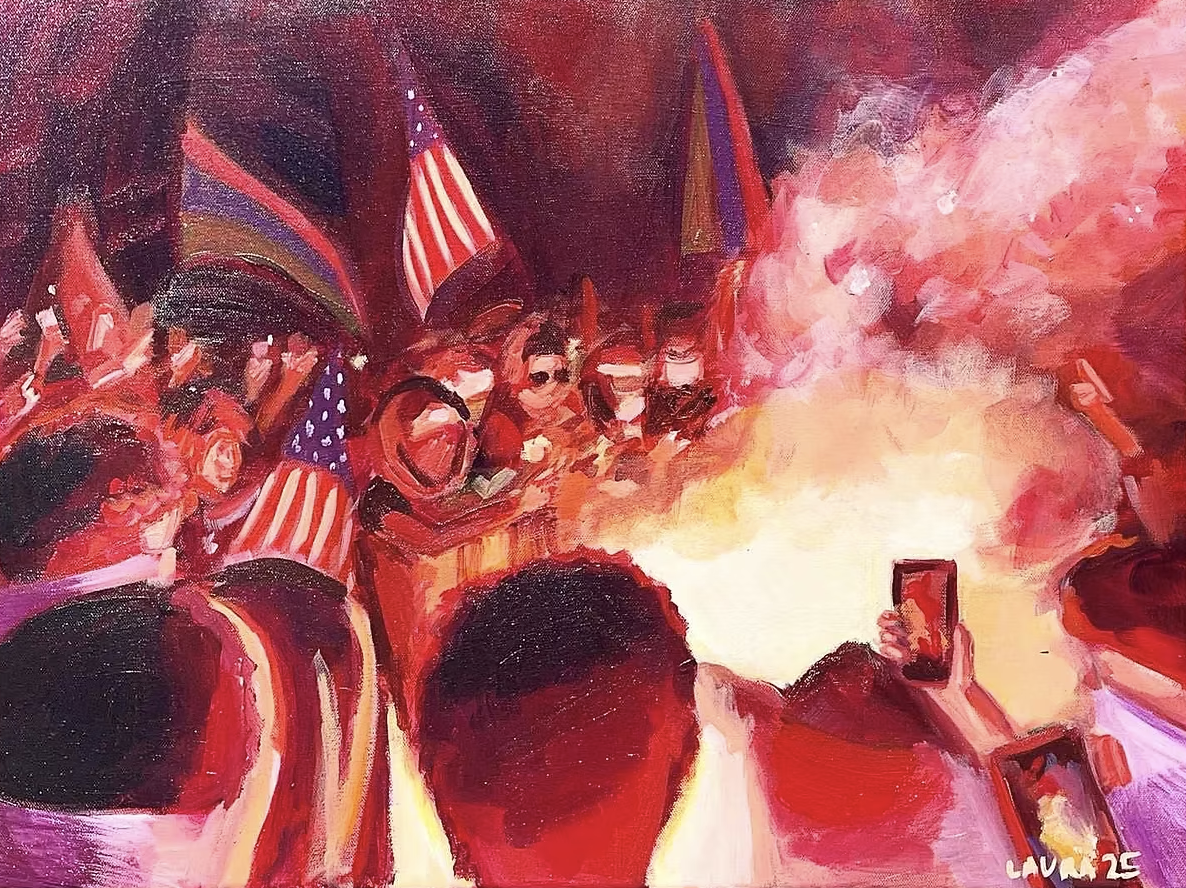If you’re a withered old millennial like me, the SimCity franchise jumps out as the ultimate city-building video game. Remember how difficult it was to get utilities to all those damn colored blocks? Remember how griping townspeople foreshadowed Twitter?
Anyway, we’re told technological advances have been made since the late '90s, resulting in games like Cities: Skylines that allow players to render civic landscapes with breathtaking detail. One such gamer, Twin Cities student Matthew Ye, spent an entire year crafting a polygonal replica of downtown Minneapolis.
Take a gander:
“The game has a wonderful community that produces high-quality 3D models, so I spent some time selecting which ones to use in my recreation,” Ye tells us. But many buildings needed to be designed from scratch, so he referenced online images and even took photos of his own for inspiration. Ye laid the traffic grid, plopped down all the structures, dotted the streets with trees, and carved light-rail tracks through the center of it all. The Wells Fargo Center alone took six hours.
“Because of how complex it is,” Ye says. “This building has many vertices and edges, and the illumination was also very hard to accomplish.”
Ye’s says his virtual urban planning revealed truths about who Minneapolis was designed for. Namely, motorists.
“I noticed the large amounts of parking lots and ramps,” he says, “as well as the large highway—I-94—that cuts through the downtown, showing that this city, even with its public transit system, is a car-centric city.”
Ye has enjoyed “joyous” feedback to his work. Many commenters are simply awed by the cyber-spectacle, he says, and others view it as a hyper-visual way to examine faults in the city’s layout and promote change. One commenter noted that his computer-based construction of I-35W far outpaced MnDOT’s seemingly endless concrete-based job.
Ye’s work is not complete. Up next: Expanding to the outer reaches of downtown, then off to the University of Minnesota campus, where his digitization will begin with Stadium Village and the West Bank. We humbly suggest inclusion of the Shoe Tree… provided that’s technologically possible.
“I plan to start using this as a tool to change certain aspects of the city to improve its efficiency, or as a way to visualize future plans,” Ye says. “I really hope that this project can inspire others to use this game as a tool for learning about and improving their city’s design.”







